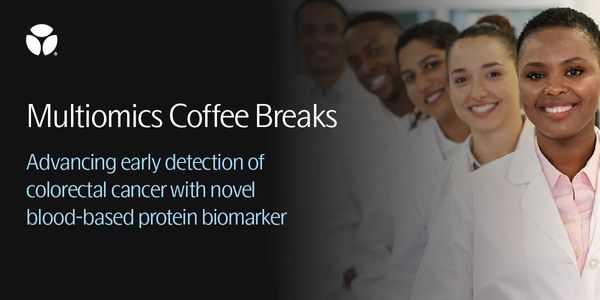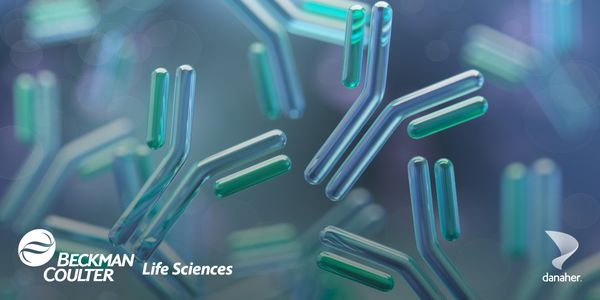Non-aversive handling methods for mice: Scientific evidence and challenges for implementation
Handling laboratory animals can stimulate stress and anxiety that negatively impacts animal welfare and introduces a substantial confounding factor in many areas of scientific research. However, the method used to pick up laboratory mice is critical in determining whether handling induces stress and anxiety. While the traditional method of picking up mice by the tail induces strong aversion and high anxiety, picking up mice in a handling tunnel or scooping them on the open hand (known as cupping) is non-aversive and substantially reduces anxiety and handling stress. Differences between tunnel and tail handled mice are particularly dramatic. Importantly, mice familiarised with non-aversive handling methods continue to interact readily with handlers and show reduced anxiety even after routine procedures that may induce some pain or discomfort, such as scruff restraint, subcutaneous or intraperitoneal injection, oral gavage, anaesthesia, tattooing or ear-tagging. This underlines the very strong impact that non-aversive handling methods have in taming animals to accept human contact and restraint, providing a major refinement over picking up mice by the tail. Concern about practicability can be a major barrier to implementing non-aversive handling methods by those already trained to pick up mice by the tail. However, mice can be picked up just as quickly with non-aversive methods once the handler has developed good skills and I will share some tips for gaining good technique. New handlers find tunnel handling the easiest method to learn - mice are easier to catch, less likely to bite and easier to restrain. Replacing tail handling wherever possible with non-aversive methods avoids unnecessary handling stress and anxiety in animals, makes handling easier, reportedly improves job satisfaction for the handler, and removes an important confound in many areas of animal research.
Learning Objectives:
1. Scientific evidence that picking up mice by the tail induces strong handling aversion, stress and anxiety that negatively impacts animal welfare, makes animals harder to handle and can be a major confounding factor in a wide range of research that is sensitive to handling stress
2. Scientific evidence showing the benefits of using non-aversive methods to pick up mice, such as use of a handling tunnel or scooping on the open hand (cupping)
3. How to pick up mice efficiently using non-aversive methods and tips for implementation in animal facilities






